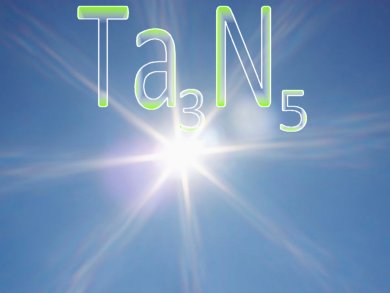The development of inexpensive but efficient materials that use sunlight to split water into hydrogen and oxygen could kickstart a future, sustainable hydrogen economy. Researchers at the University of Erlangen-Nuremberg, Germany, and their colleagues have discovered a way to exploit tantalum(V) oxide containing nanochannels to generate a photochemically active form of tantalum(V) nitride doped with an alkali metal that splits water under visible light conditions.
Titania has been the focus of much research into the photochemical splitting of water, but it suffers from low efficiency. Tantalum nitrides and oxynitrides are much better placed in this regard because they have much more suitable electronic band gaps for absorbing sunlight and using this energy to directly split water.
- Enhanced water splitting activity of M-doped Ta3N5 (M = Na, K, Rb, Cs),
Yuya Kado, Chong-Yong Lee, Kiyoung Lee, Julian Müller, Matthias Moll, Erdmann Spiecker, Patrik Schmuki,
Chem. Commun. 2012.
DOI: 10.1039/C2CC33822J




